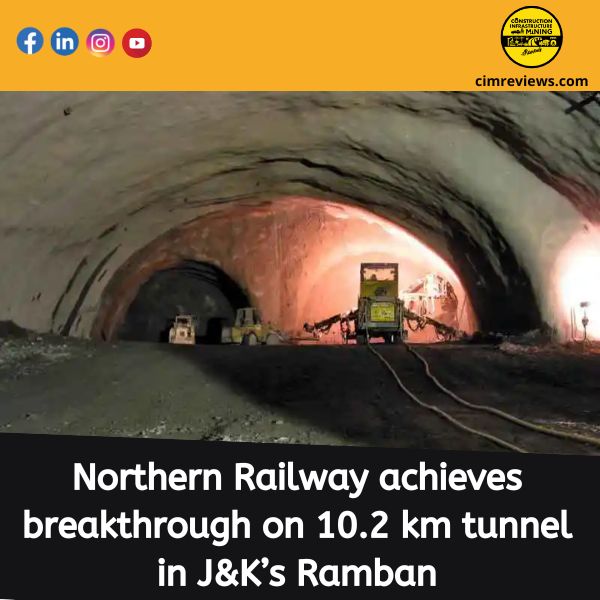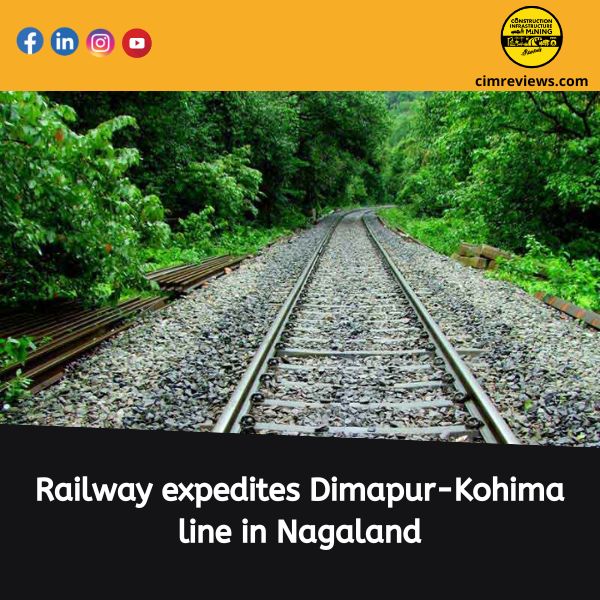With the newly proposed Pamban Bridge, the Indian Railways, which is on the rise, is moving closer to showcasing a classic example of an engineering marvel.
The new 2.05-kilometer Pamban railway bridge in Mandapam, which will connect Rameswaram to the mainland in Tamil Nadu, has begun construction.
Between Pamban and Rameswaram, the new bridge will allow railways to run trains at higher speeds, carry more weight, and increase traffic volume.
The more than two-kilometer-long bridge, which is expected to cost around 250 crore, will feature a 63-meter stretch that will lift up while remaining parallel to the deck to allow ships access.
While the current bridge uses ‘Scherzer’ rolling lift technology, which allows ships to pass through by opening the bridge horizontally, the new one will have a 63-meter section that will lift vertically upwards while remaining parallel to the deck. At each end, sensors will be used to complete the task.
“The old Pamban bridge was commissioned on February 24, 1914,” the General Manager of Southern Railway told ANI. So, nearly 108 years have passed, and it is now time to embrace new technologies. The new bridge is expected to cost $250 million and is expected to be completed this year.”
“The existing bridge structure has a total length of 2,058 metres comprising 146 spans of steel girders,” said Hridayesh Kumar, Divisional Engineer and Incharge of Pamban Bridge. There are 145 12.20 m spans and one 61.0 m navigational span. After railroad engineer William Scherzer, who invented the rolling lift span, the navigational span is also known as the Scherzer rolling lift span.
“The vertical clearance between the high tide level and the bottom of the girder is only 1.5 m, resulting in seawater splashing on the girders. In comparison, the new bridge will have 100 18.3-meter spans and one 63-meter navigational span. With a navigational air clearance of 22.0 metres above sea level, it will be 3.0 metres higher than the existing bridge “He went on to say that
Kumar, when asked about the technology used to operate the new bridge for ship movement, said, “Because of the vertical lift, the entire horizontal width of 63 metres will be navigable. In addition, the entire bridge, including the navigational span, will be designed in accordance with the Railways’ electrification plan, which calls for trains to travel at a maximum speed of 80 kilometres per hour.”
“The new bridge will have electro-mechanically controlled systems that will be interlocked with train control systems, as opposed to the existing manual operation and control. Due to the high volume of water, cutting-edge technologies such as stainless steel reinforcement, composite sleepers, and a long-life painting system are being proposed for use in the construction of the new bridge “Kumar continued.










%20/23%20cimr%204.jpg)
